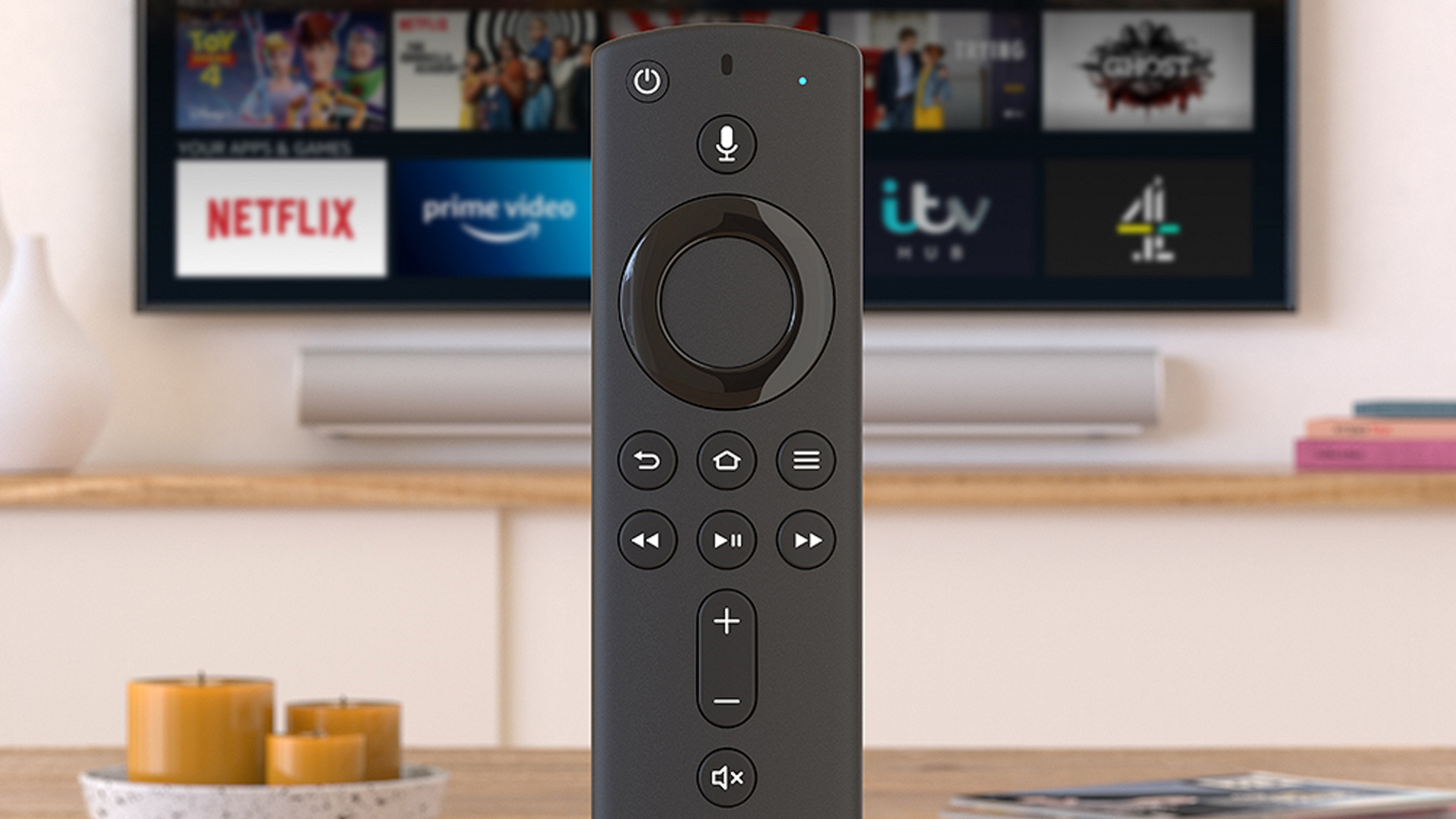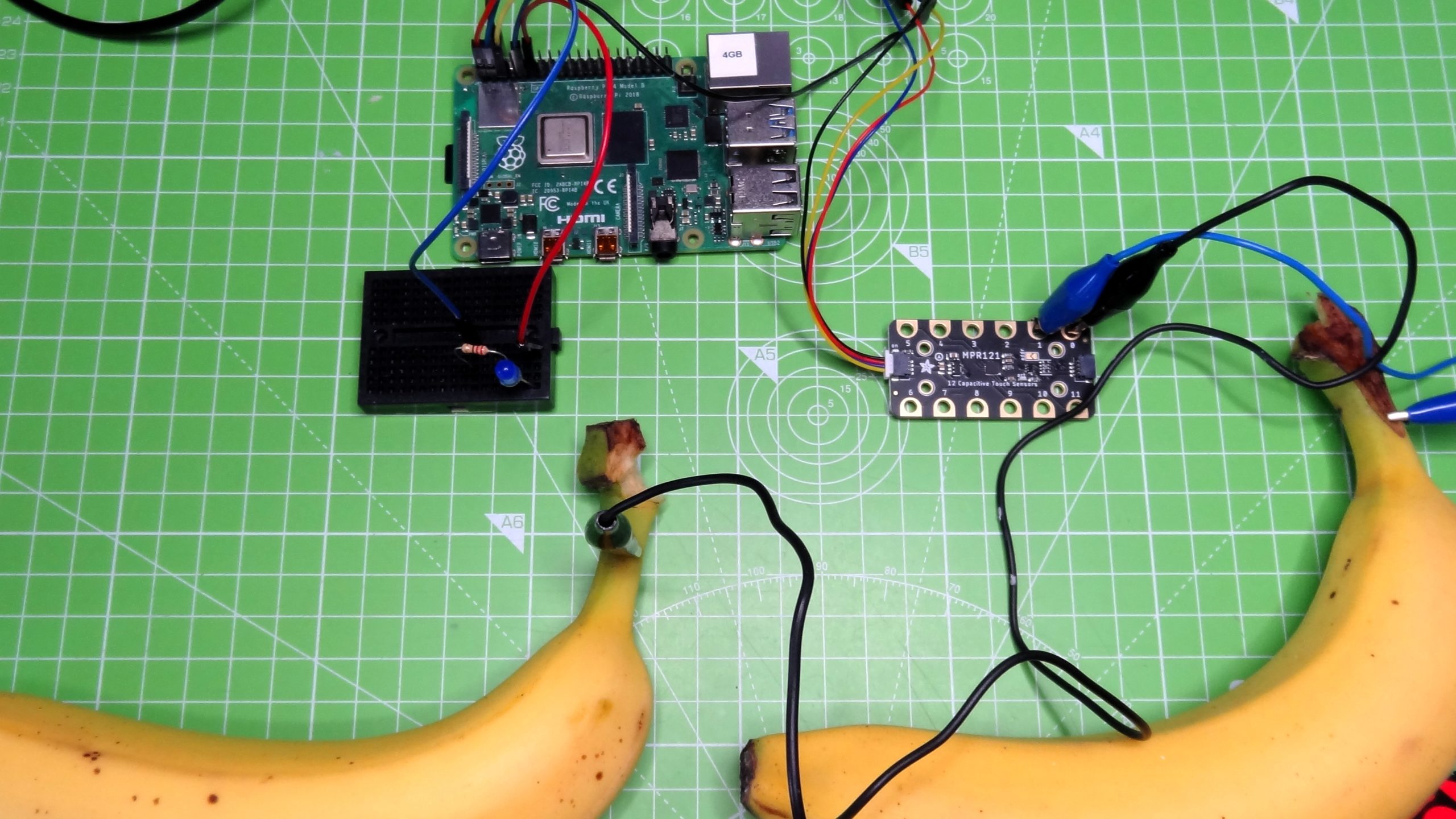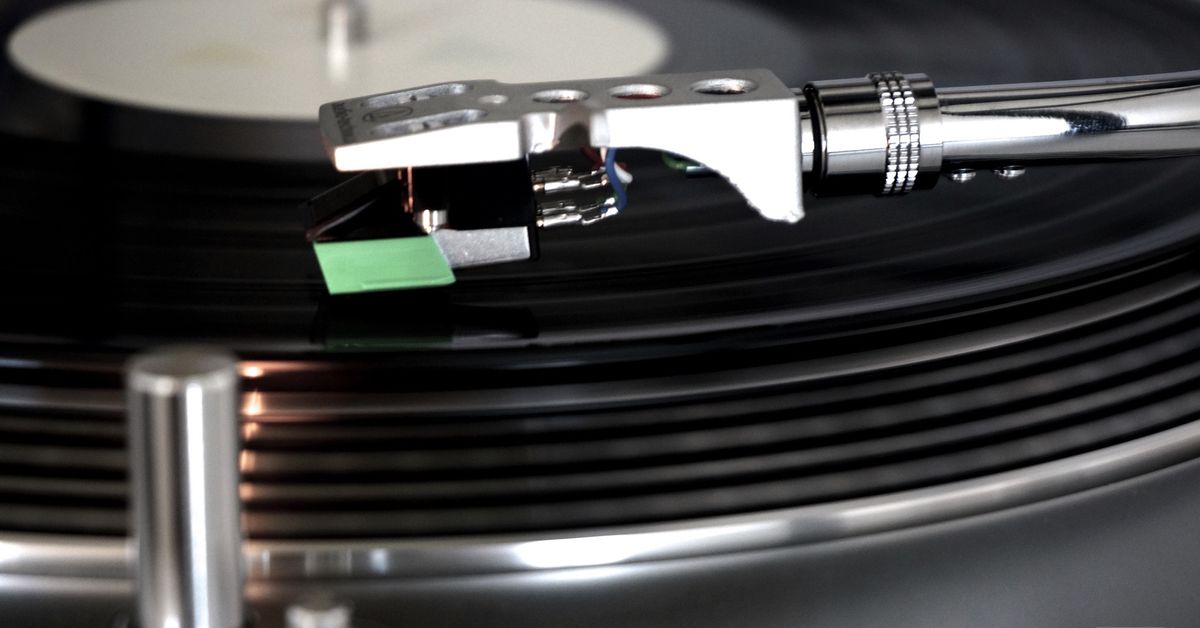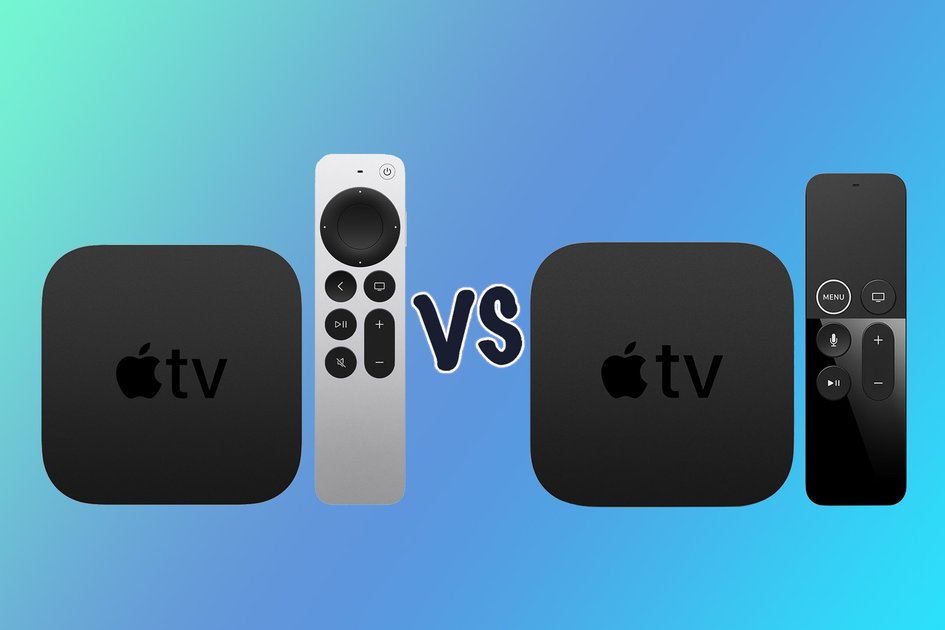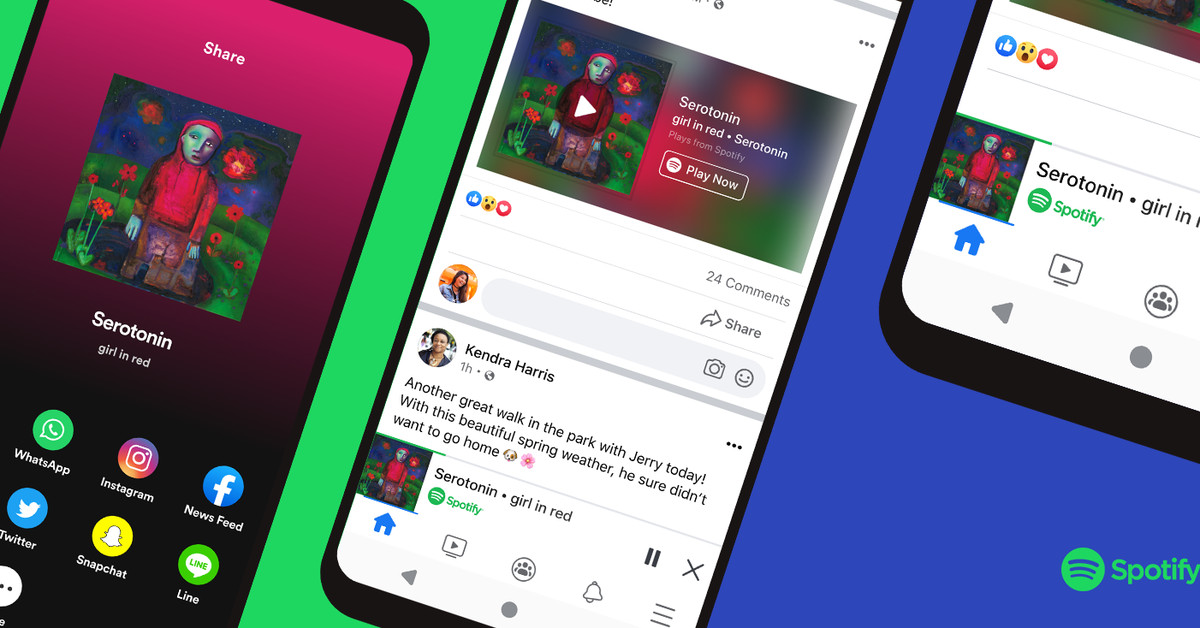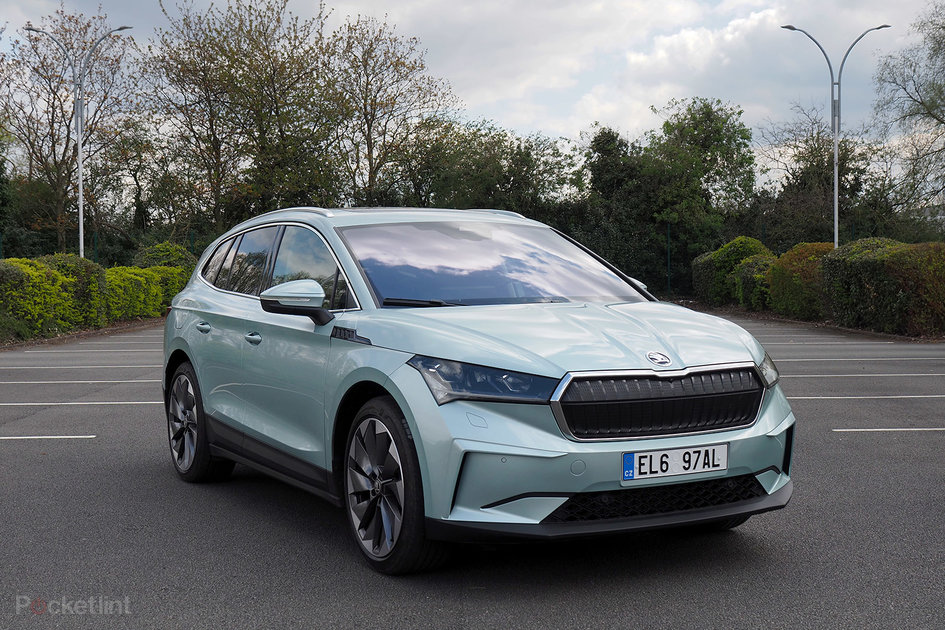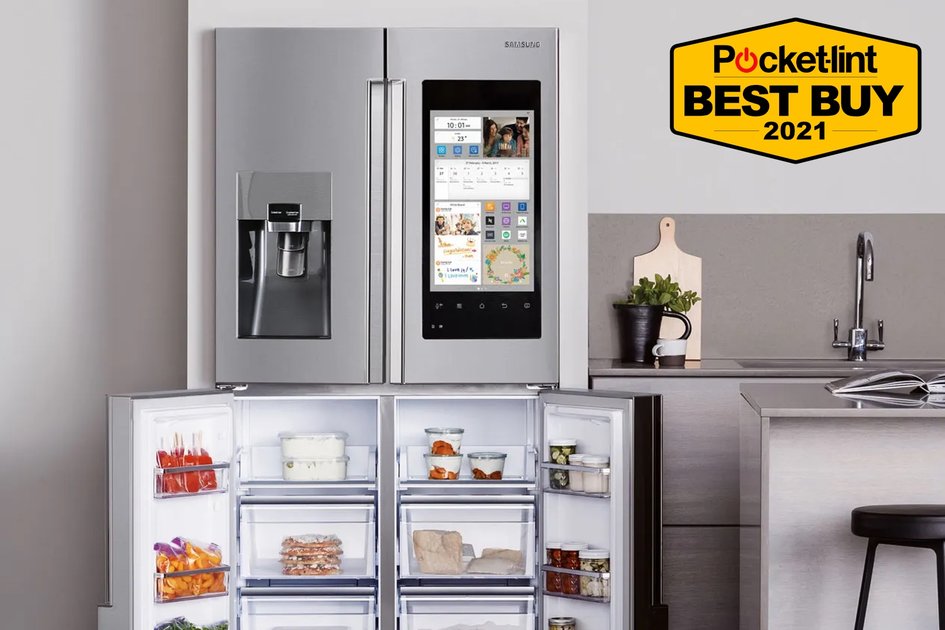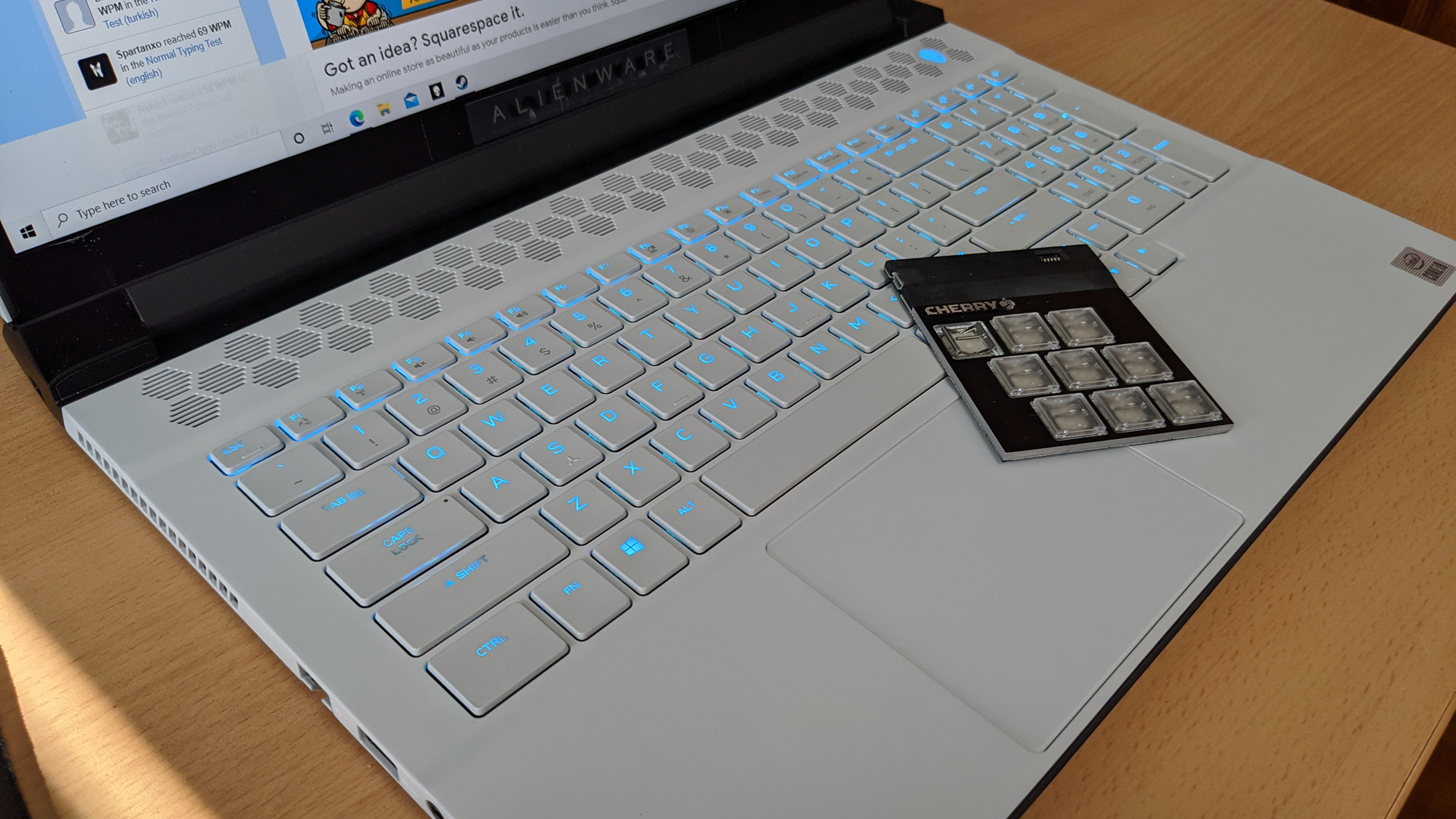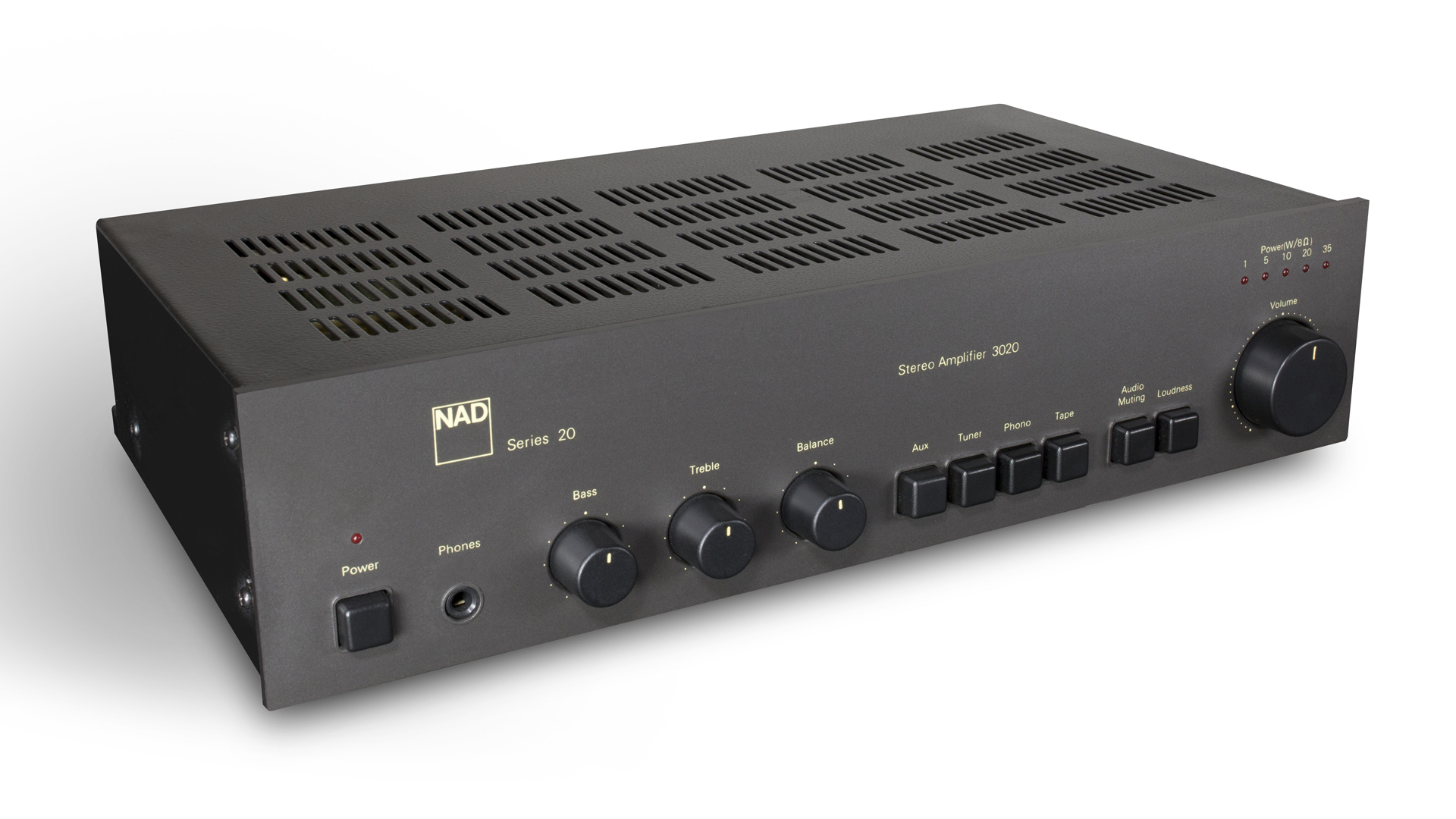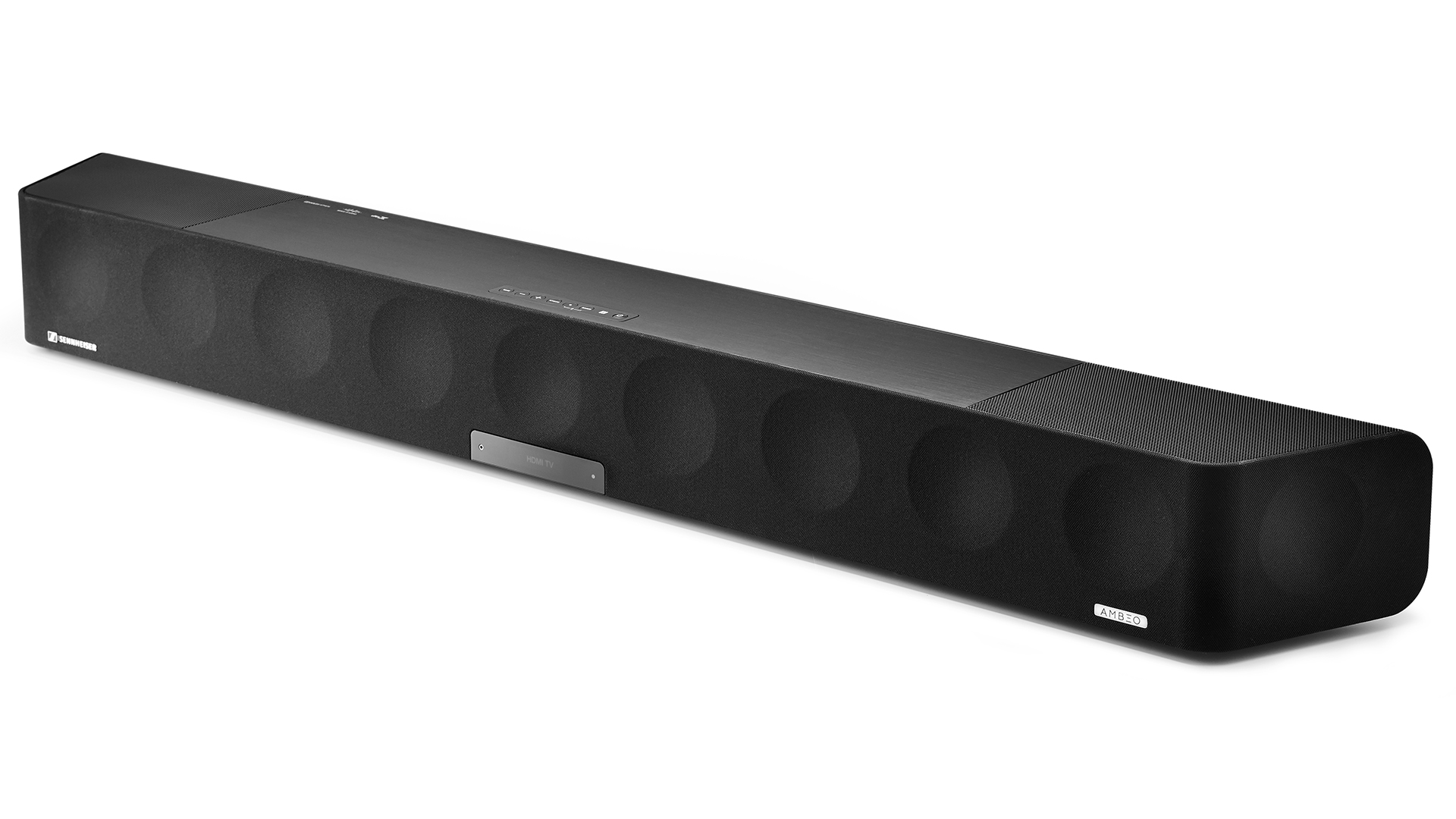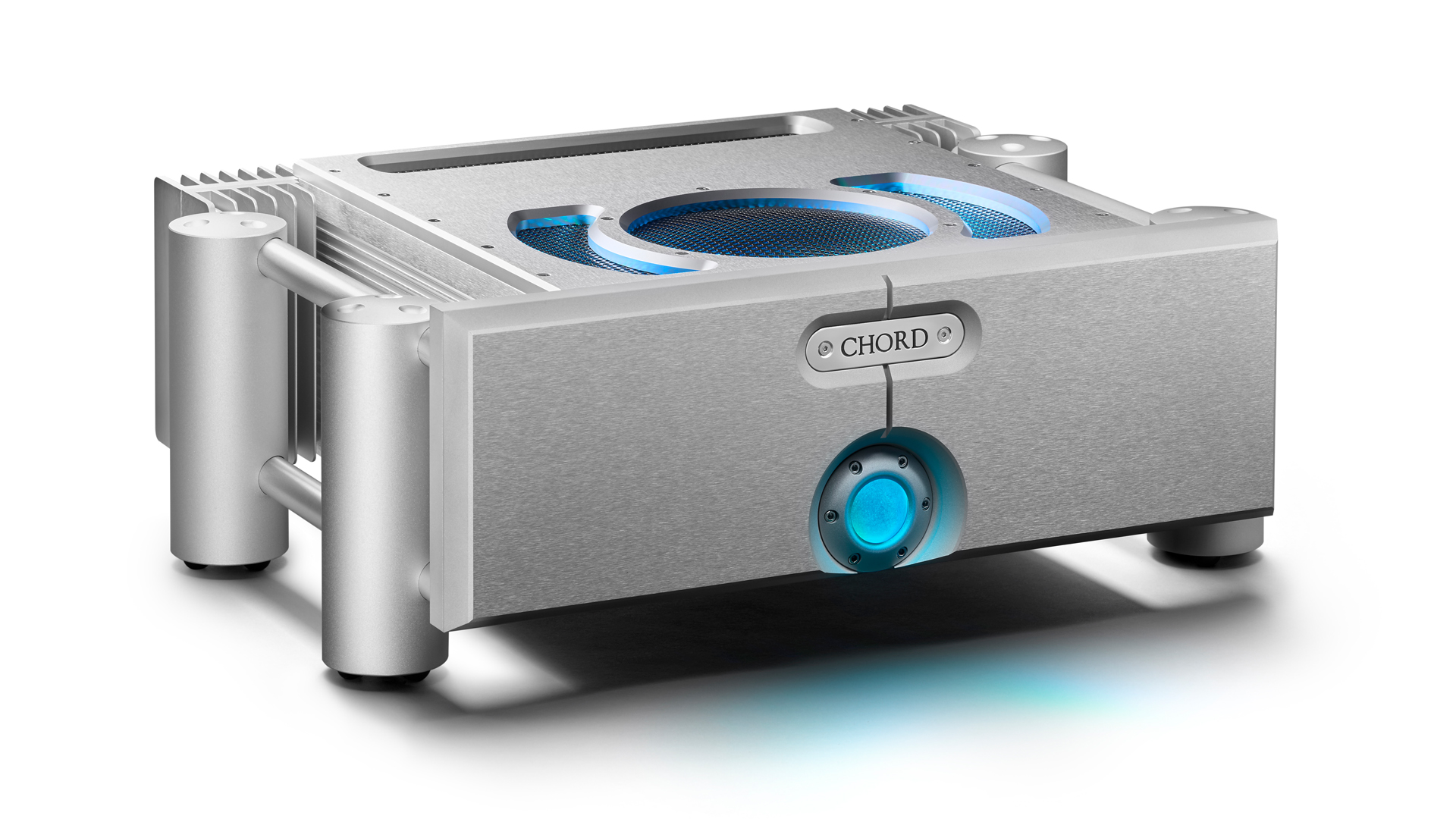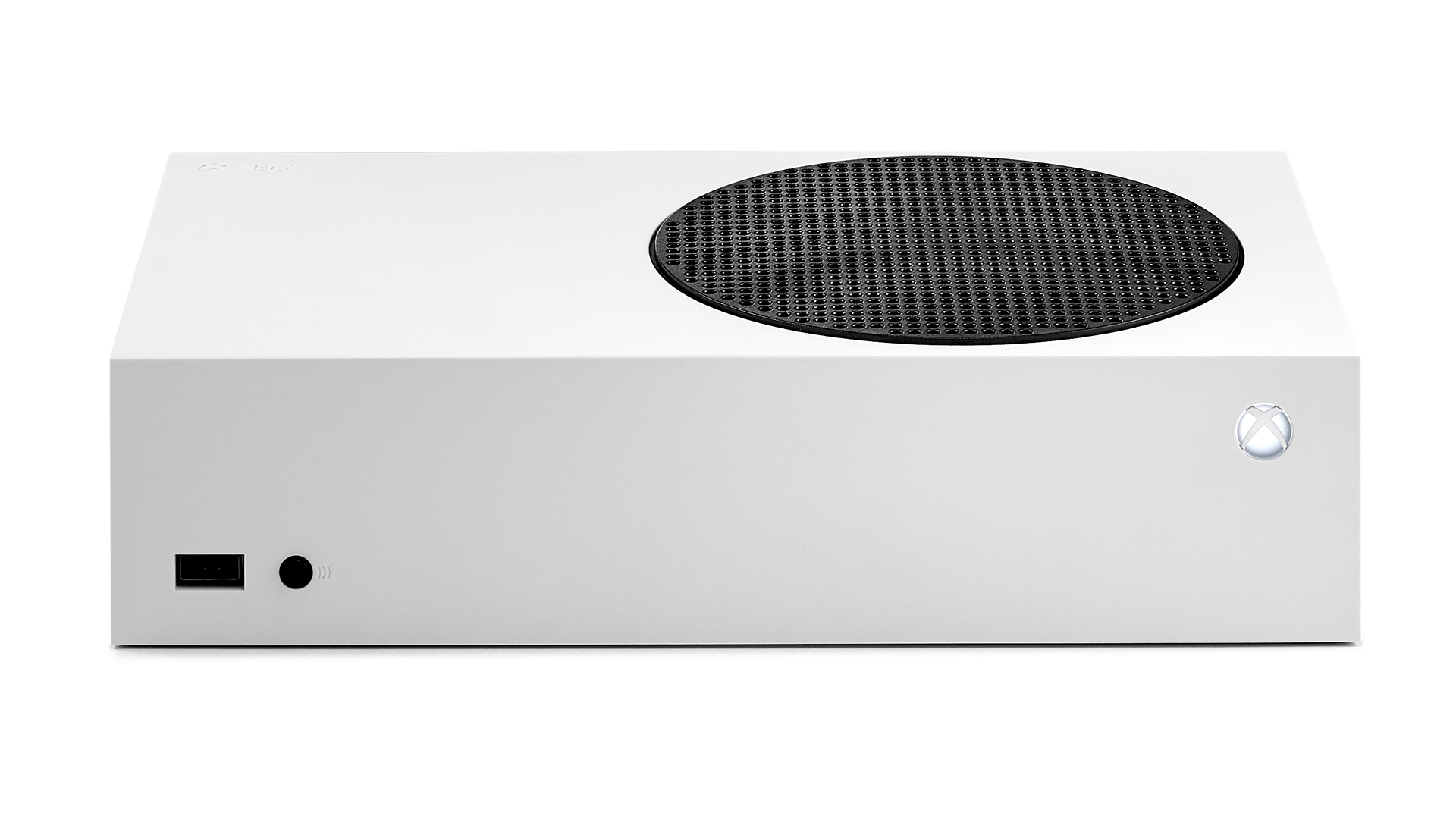If you want to add video streaming services to your TV, an Amazon Fire TV Stick is a great option. But which one do you go for?
The standard option, aka the Amazon Fire TV Stick (3rd Gen)? The Ultra HD-toting Fire TV Stick 4K? Or should you save some money and opt for the stripped-down Fire TV Stick Lite?
We’re here to help you decide. On this page, we’ll run down all the things you need to consider and see how each model stacks up. Once you’ve had a read, worked out what’s most important to you (and what your budget is), it should be a lot easier to make up your mind.
Amazon Fire TV Stick Lite vs Fire TV Stick (3rd Gen) vs Fire TV Stick 4K: price
Price is one of the main considerations when weighing up which Fire TV you should buy. But with Amazon’s range, there’s not a lot in it.
The top-of-the-range Fire TV Stick 4K will set you back £49 ($49, AU$99), while the standard model (Fire TV Stick (3rd Gen)) is £39 ($39, AU$79). The entry-level Fire TV Stick Lite costs £29 ($29, AU$59).
As is always the way, spending more will get you more features. Speaking of which…
Amazon Fire TV Stick Lite vs Fire TV Stick (3rd Gen) vs Fire TV Stick 4K: design
Being streaming sticks, all of the Fire TV Sticks look very similar. They’re a bit bigger than a pack of chewing gum and plug into your TV’s HDMI port.
They are quite chunky though and can get in the way of your other HDMI sockets. Hence Amazon has bundled an HDMI extender in the box – plug your Fire TV Stick into this, and it won’t block access to any other ports.
The standard Fire TV Stick and Lite version are a little shorter than the 4K model, but otherwise, they’re nigh-on identical from a design perspective.
Both standard and 4K models come with the same remote, while the Lite’s has fewer buttons (no power or volume controls). In each case, it’s a simple, elegant design that’s much easier to use than most TV remote controls.
Amazon Fire TV Stick Lite vs Fire TV Stick (3rd Gen) vs Fire TV Stick 4K: features
Let’s start with the top model. What can the Amazon Fire TV Stick 4K do?
As the name suggests, 4K is the headline feature. That means that as long as you have a 4K TV, you can stream movies and TV shows in Ultra High Definition. 4K-compatible apps include Amazon Prime Video and Netflix, so you won’t be short of things to watch.
The Fire TV Stick 4K also supports HDR (high dynamic range) content. This enhances the difference between the light and dark parts of the picture, increasing the number of gradual ‘steps’ between and making the image punchier and more lifelike. In terms of HDR format support, the Fire Stick 4K covers Dolby Vision, HDR10+ and HLG.
On the audio front, it supports Dolby Atmos, which can give you a greater sense of immersion compared to standard Dolby Digital 5.1. You will need a compatible Dolby Atmos soundbar or home cinema system, though.
Voice controls are enabled through the Alexa Voice Remote – speak into it to find something to watch, play, pause, and so on. It can also act as a control hub for your smart home devices like heating and lighting. And it comes with the usual complement of apps like BBC iPlayer, Netflix, Prime Video, YouTube, Now, ITV Hub, All 4, Disney+ and Apple TV.
The Fire TV Stick with Alexa Voice Remote (sometimes called the Fire TV Stick 3rd Generation) offers the same basic feature set, but only streams in HD, not 4K. You do still get HDR support (excluding Dolby Vision), and Dolby Atmos is still available too.
The Fire TV Stick Lite loses a few additional features. It still streams in HD, with the same HDR support as the mid-range stick. And it still uses voice controls through the Alexa remote, but it lacks TV control buttons. That means you’ll need to use a separate remote.
All three models sport 8GB of storage, which should be plenty given that you’ll be streaming content rather than storing it locally on the device. Though you can download games to them if you want.
Amazon Fire TV Stick Lite vs Fire TV Stick (3rd Gen) vs Fire TV Stick 4K: picture and sound
4K content is much sharper and more detailed than HD – that’s because you’re seeing more pixels crammed into the same space. A 4K picture has a resolution of 3840 x 2160 pixels, whereas HD is limited to 1920 x 1080. Because both vertical and horizontal axes pack twice as many pixels, 4K offers four times the resolution of HD.
So you can, quite literally, see where your money goes if you spend the extra on a Fire TV Stick 4K.
In our review, we said the Fire Stick 4K produced “a really sharp and detailed image,” which was “terrifically bright and vibrant, too.” It’s not quite up there with the likes of a 4K Blu-ray player, however, due to a touch of judder and a lack of bright detail. Nevertheless, “this is a really impressive picture that far surpasses the prevailing stick standard,” we concluded.
It impressed us sonically, too. Dolby Atmos provides “room-filling sound with excellent placement of effects and real weight and drama.” It plays well with 5.1 and stereo, too, producing “clear, fairly detailed and spacious sound regardless of the format.” High praise.
The standard Fire Stick performs well at its HD resolution, too. HDR provides “an enjoyable picture with an easy-to-watch balance between dynamism and subtlety,” we wrote in our review, while SDR content is “a punchy effort with a lot of brightness and big contrast.” In terms of sound quality, we didn’t find there was much difference between this and the 4K model.
We haven’t reviewed the Fire TV Stick Lite yet, but given that the only difference between it and the standard model is the lack of TV controls, we’d hope to see and hear a similar level of consistency between the Lite and the standard model.
Amazon Fire TV Stick Lite vs Fire TV Stick (3rd Gen) vs Fire TV Stick 4K: verdict
There’s stiff competition for the 4K streaming stick crown from the Google Chromecast with Google TV and Roku Streaming Stick+, and if you’re happy to spend more, the Apple TV 4K is another option. Apple’s video streamer has slightly better picture and sound, but you do pay for it.
But if you want to spend less you really can’t beat a Fire TV Stick. The only tricky bit is deciding which is best for you…
If you don’t mind the inconvenience of using a separate remote for your TV/soundbar for power and volume, and you just want to add a layer of smart functionality to your current TV, the Fire TV Stick Lite should be fine. But if you want one remote to handle it all, then spend a little more and get the Fire TV Stick with Alexa Remote. Want to watch in Ultra HD? There’s only one real option and that’s the Fire TV Stick 4K. Happy streaming!
MORE:
Read our full Amazon Fire TV Stick (3rd Generation) review
And our Amazon Fire TV Stick 4K review
Amazon Fire TV vs Roku: which is better?
